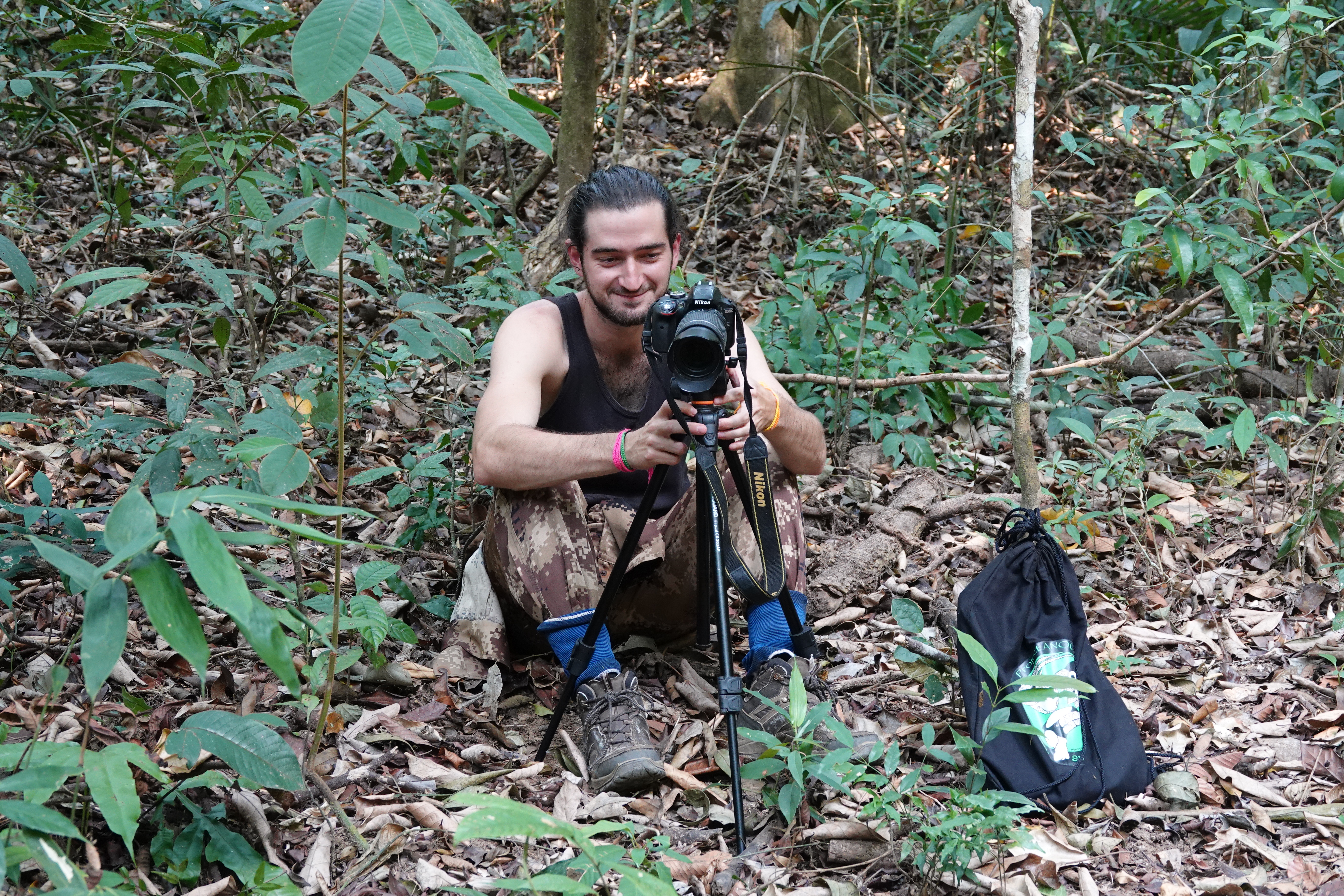
Farewell to Andrea our Red-shanked Douc research project manager: a look back at his 12-month assignment.
March 11, 2020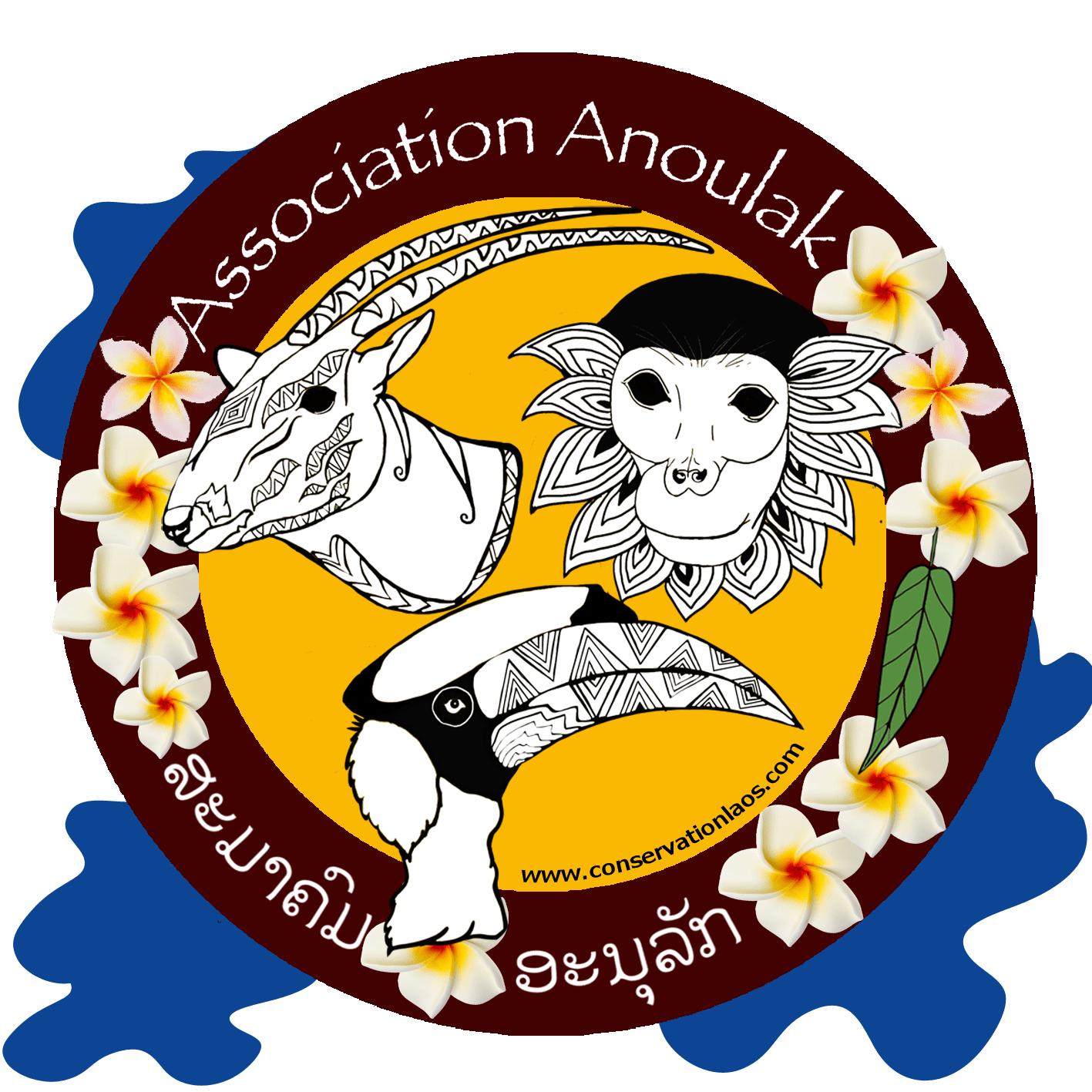
A Lao New Year in the time of a global pandemic…
April 14, 2020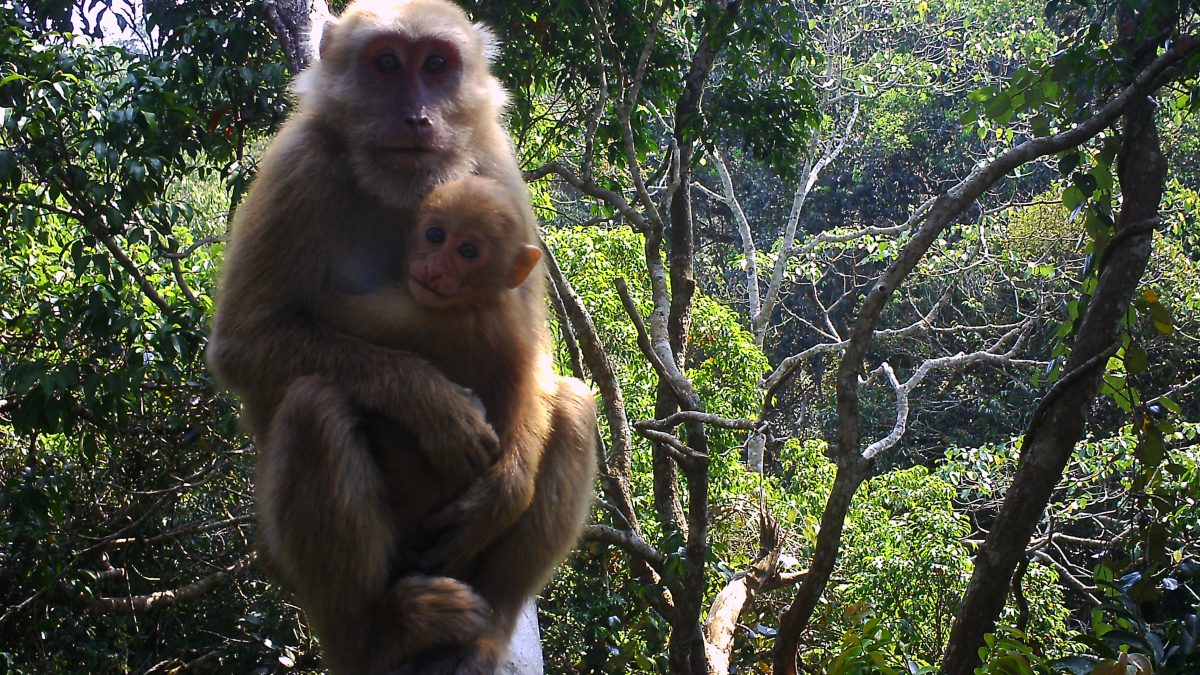
Last year, in March 2019, our partner Enquête d’Arbres (a French association dedicated to providing tree climbing training to researchers) visited our field station to provide our team a 10-day intensive tree climbing training to initiate our Canopy Camera-trap Program. For the past year, we have set up camera-traps up in the trees to photograph arboreal species.
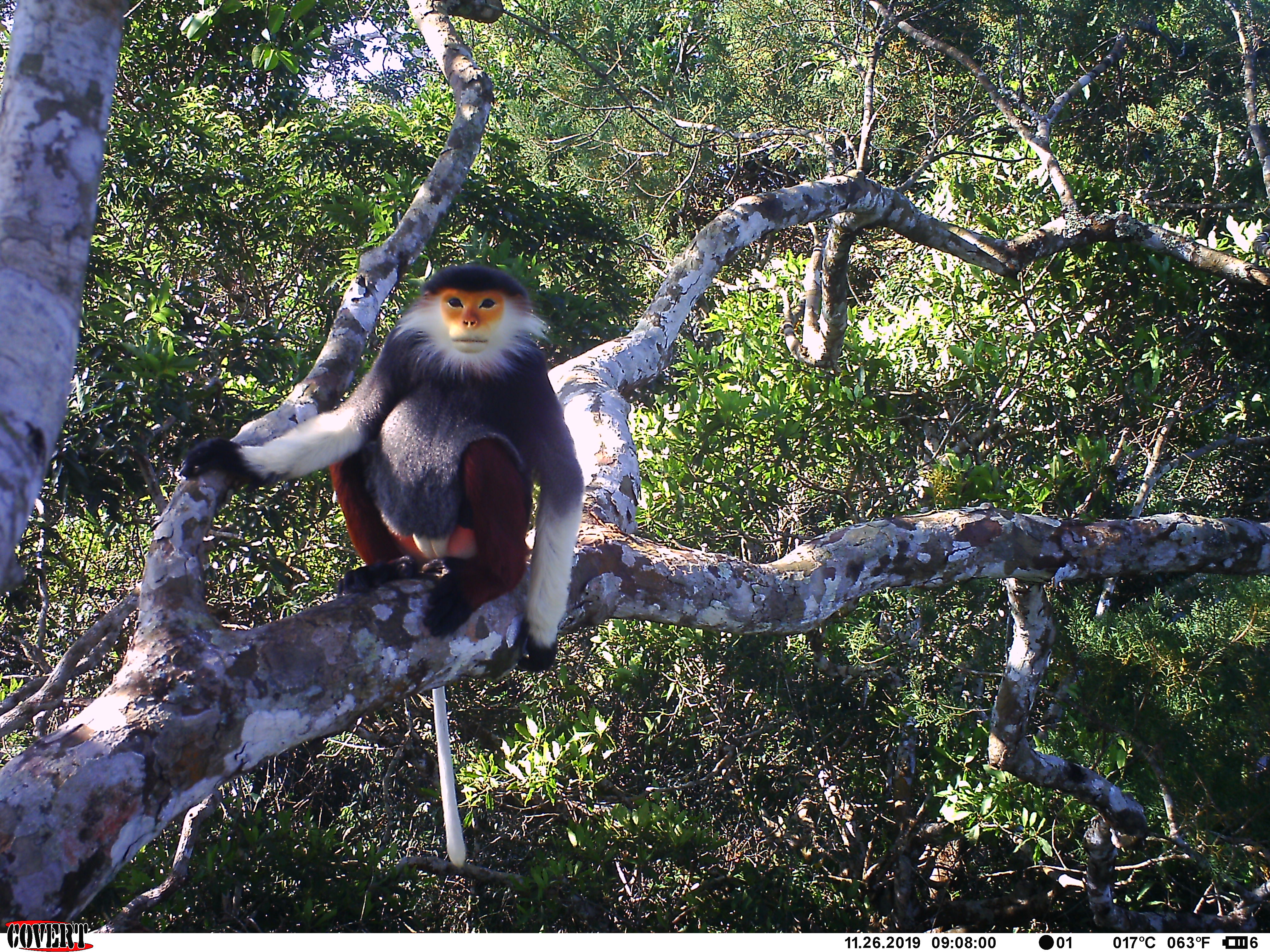
Red-shanked Douc (Pygathrix nemaeus)
The first year of the program aimed primarily at getting familiar with the tree-climbing technique (putting into practice the skills acquired during the training) and camera-trap set up in the canopy. We therefore maintained a small number of cameras to set up (5 to 7), which were regularly monitored and sometimes changed locations of, if the results obtained seemed unpromising. This year has been a good learning process for the team, who have become better at selecting locations to set up the cameras up in the canopy. This has resulted in some very exciting and beautiful photos. We share here some of the best shots we got so far!
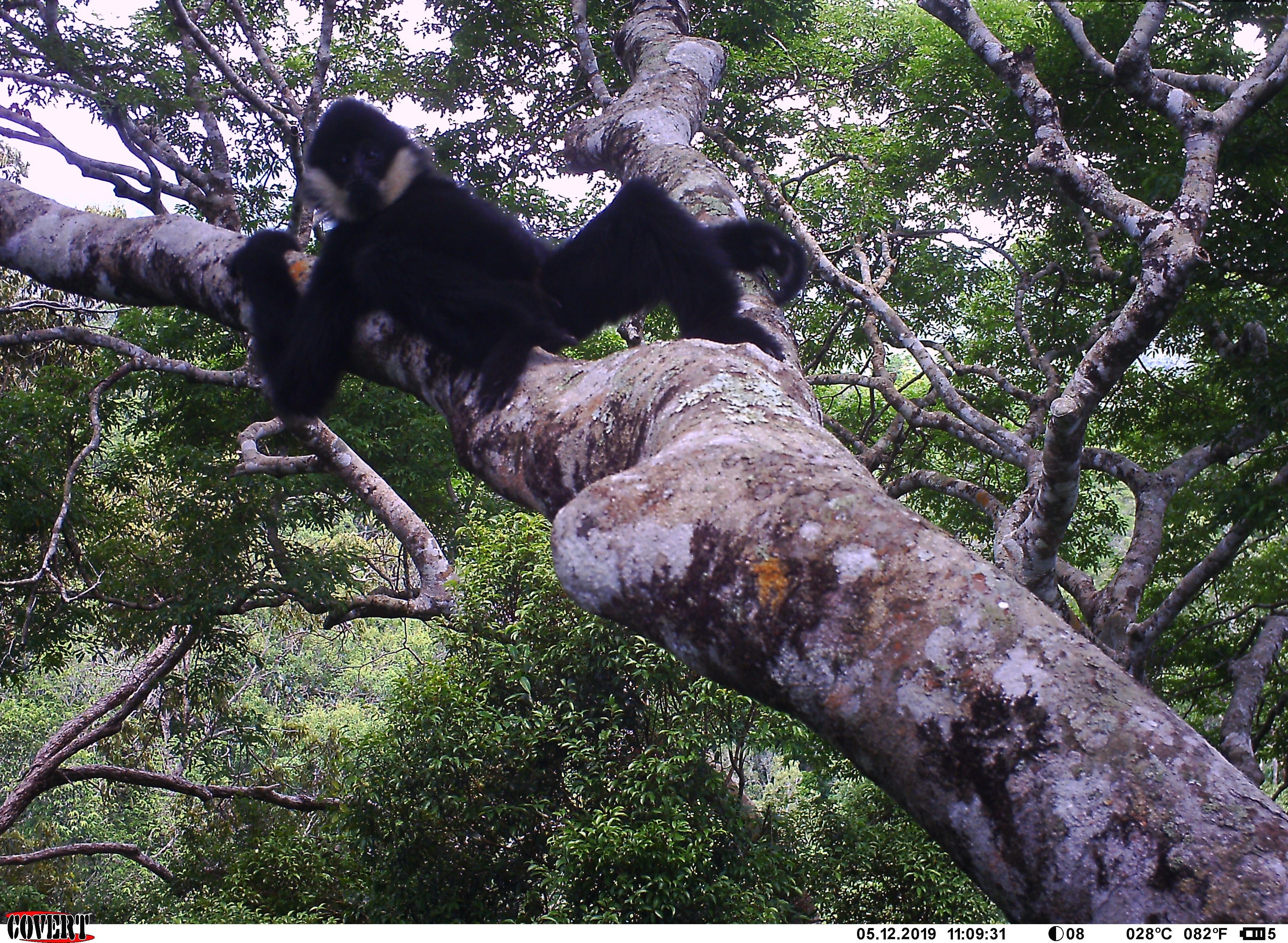
White-cheeked Gibbon (Nomascus sp.)
If a picture is worth a thousand words, a video is worth a thousand pictures: Watch our teams at work in the video below, also available on our YouTube Channel! (video produced by Andrea Sotto-Mayor):
This project provides a great way to obtain incredible photos of elusive arboreal species, that we use for communication purpose. Indeed, canopy camera-traps are still rarely used by biodiversity conservation projects—due to the requirement for intensive tree-climbing training; safety considerations involved in the practice and the intensive amount of effort (time, logistics) necessary to set up camera-traps in the canopy relative for example to ground camera-traps—and can therefore produce some rather atypical pictures, and notably of species more difficult to photograph. In the future, we may also use the technique for research projects to answer specific questions…
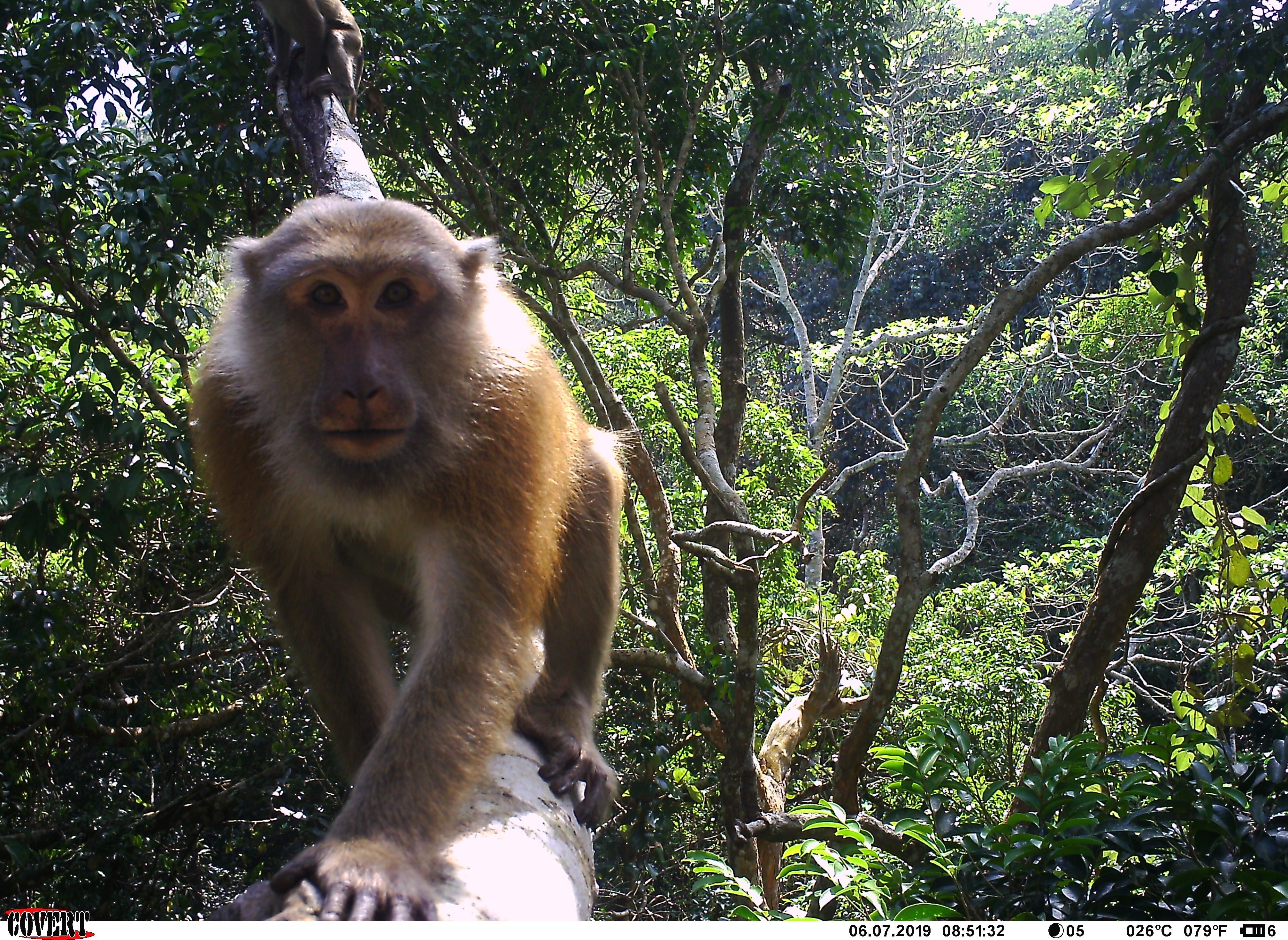
Assamese Macaque (Macaca assamensis)
…In the meantime, let’s acknowledge how powerful pictures can be to raise awareness of the beauty of nature and its biodiversity!
You can also consult our Gallery for more photos and videos.
- Mr. Chalor
- Mr. Done
- Austen’s Brown Hornbill (Anorrhinus austeni)
- Austen’s Brown Hornbill (Anorrhinus austeni)
- Great Slaty Woodpecker (Mulleripicus pulverulentus)
- Greater Yellownape (Chrysophlegma flavinucha)
- Puff-throated Bulbul (Alophoixus pallidus)
- White-winged Magpie (Urocissa xanthomelana)
- Bengal Slow Loris (Nycticebus bengalensis)
- Assamese Macaque (Macaca assamensis)
- Assamese Macaque (Macaca assamensis)
- Assamese Macaque (Macaca assamensis)
- Assamese Macaque (Macaca assamensis)
- Assamese Macaque (Macaca assamensis)
- Assamese Macaque (Macaca assamensis)
- Assamese Macaque (Macaca assamensis)
- Assamese Macaque (Macaca assamensis)
- Assamese Macaque (Macaca assamensis)
- Assamese Macaque (Macaca assamensis)
- Assamese Macaque (Macaca assamensis)
- Assamese Macaque (Macaca assamensis)
- Assamese Macaque (Macaca assamensis)
- Assamese Macaque (Macaca assamensis)
- Assamese Macaque (Macaca assamensis)
- Assamese Macaque (Macaca assamensis)
- Pig-tailed Macaque (Macaca leonina)
- Pig-tailed Macaque (Macaca leonina)
- Pig-tailed Macaque (Macaca leonina)
- Pig-tailed Macaque (Macaca leonina)
- Pig-tailed Macaque (Macaca leonina)
- Pig-tailed Macaque (Macaca leonina)
- Pig-tailed Macaque (Macaca leonina)
- Pig-tailed Macaque (Macaca leonina)
- Pig-tailed Macaque (Macaca leonina)
- Pig-tailed Macaque (Macaca leonina)
- Pig-tailed Macaque (Macaca leonina)
- Rhesus Macaque (Macaca mulatta)
- Rhesus Macaque (Macaca mulatta)
- Rhesus Macaque (Macaca mulatta)
- Red-shanked Douc (Pygathrix nemaeus)
- Red-shanked Douc (Pygathrix nemaeus)
- Red-shanked Douc (Pygathrix nemaeus)
- Red-shanked Douc (Pygathrix nemaeus)
- Red-shanked Douc (Pygathrix nemaeus)
- Red-shanked Douc (Pygathrix nemaeus)
- Red-shanked Douc (Pygathrix nemaeus)
- Red-shanked Douc (Pygathrix nemaeus)
- Red-shanked Douc (Pygathrix nemaeus)
- Red-shanked Douc (Pygathrix nemaeus)
- Red-shanked Douc (Pygathrix nemaeus)
- Red-shanked Douc (Pygathrix nemaeus)
- Red-shanked Douc (Pygathrix nemaeus)
- White-cheeked Gibbon (Nomascus sp.)
- White-cheeked Gibbon (Nomascus sp.)
- White-cheeked Gibbon (Nomascus sp.)
- White-cheeked Gibbon (Nomascus sp.)
- White-cheeked Gibbon (Nomascus sp.)
- Binturong (Arctictis binturong)
- Binturong (Arctictis binturong)
- Binturong (Arctictis binturong)
- Common Palm Civet (Paradoxurus hermaphroditus)
- Masked Palm Civet (Paguma larvata)
- Small-toothed Palm Civet (Arctogalidia trivirgata)
- Black Giant Squirrel (Ratufa bicolor)
- Black Giant Squirrel (Ratufa bicolor)
- Cambodian Stripped Squirrel (Tamiops rodolphii)
- Indian Giant Flying Squirrel (Petaurista philippensis)
- Indian Giant Flying Squirrel (Petaurista philippensis)
- Pallas’s Squirrel (Callosciurus erythraeus)

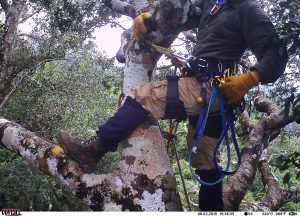
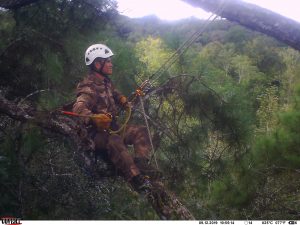
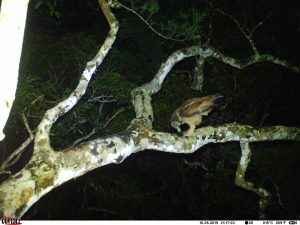
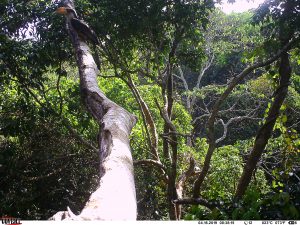

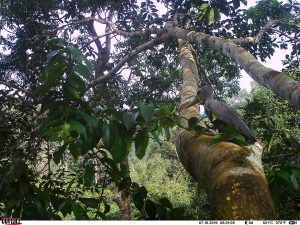
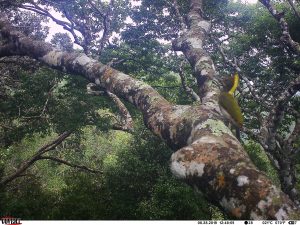
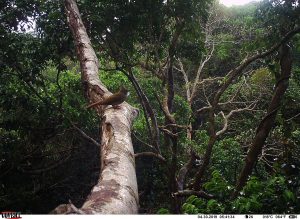
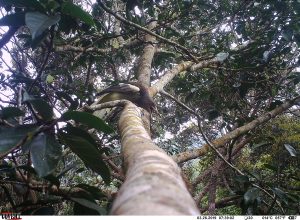
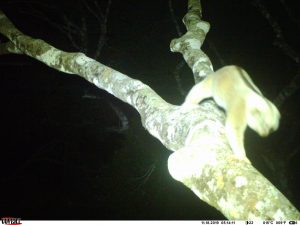
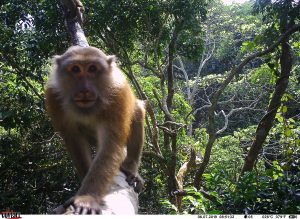
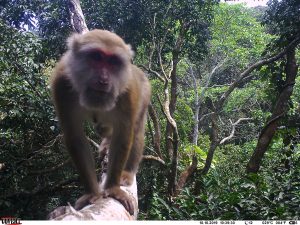
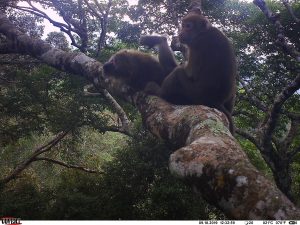
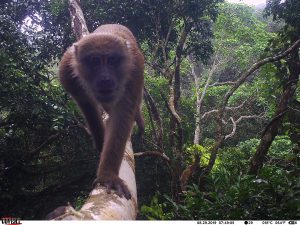
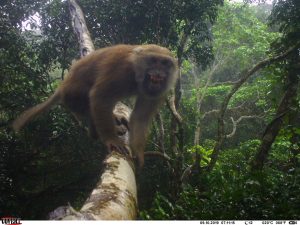
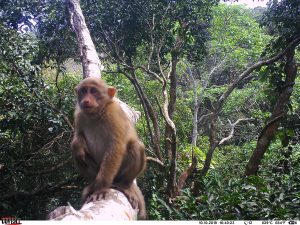
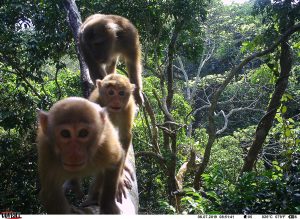
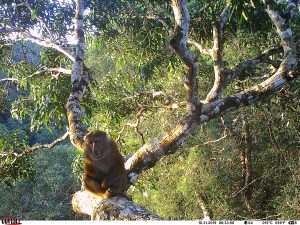
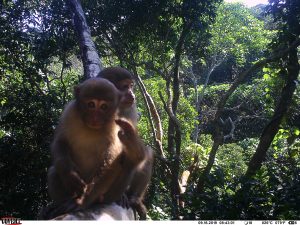
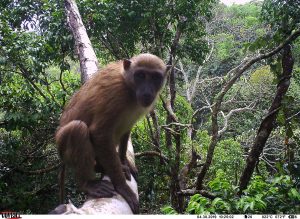
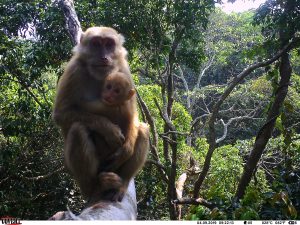
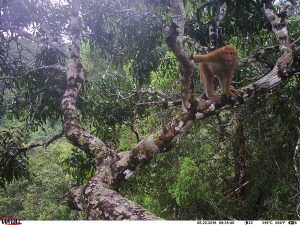
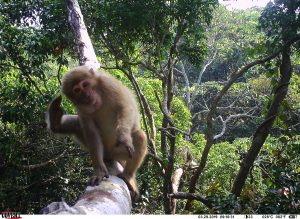
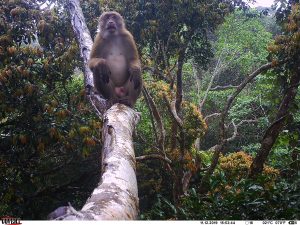
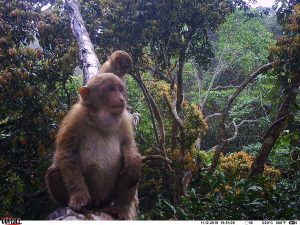
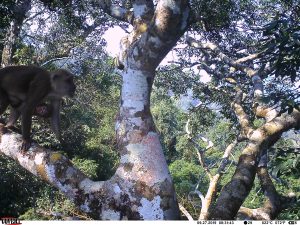
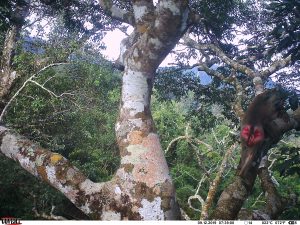
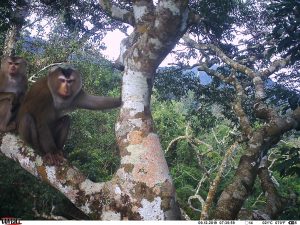
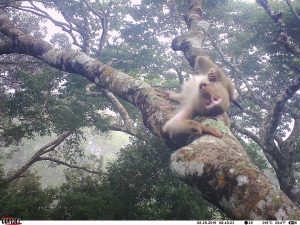
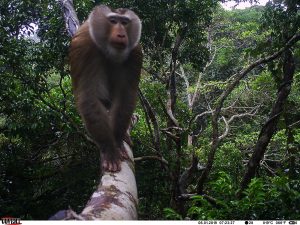
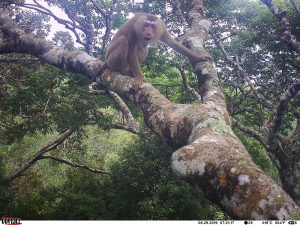
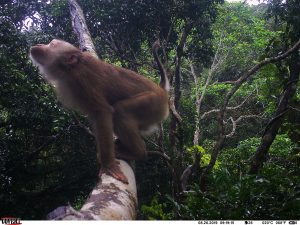
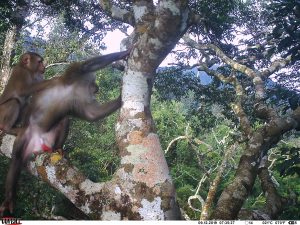
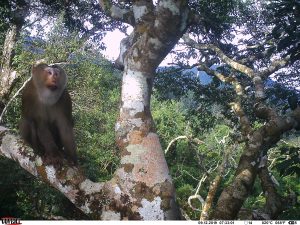
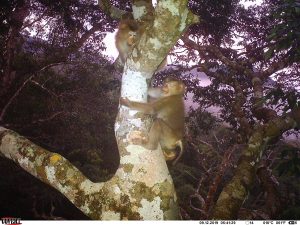
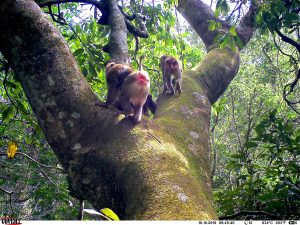
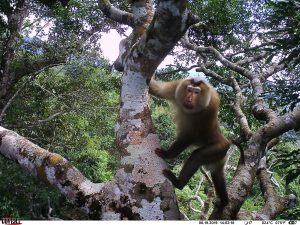
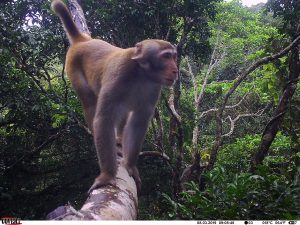
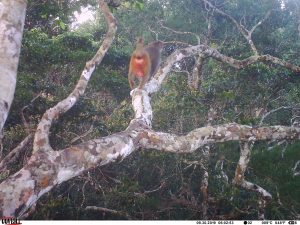
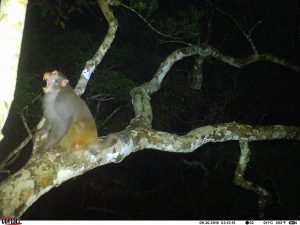
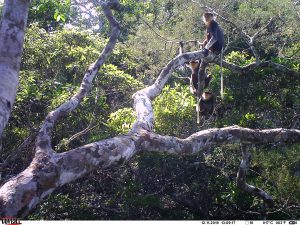
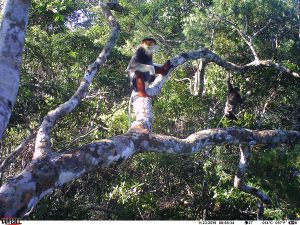
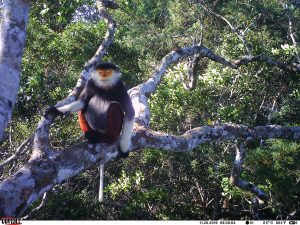
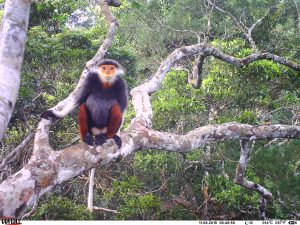
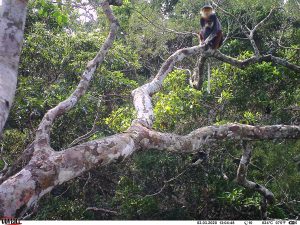
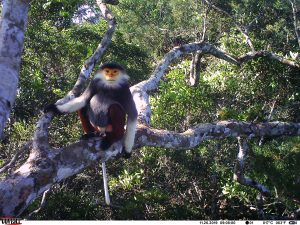
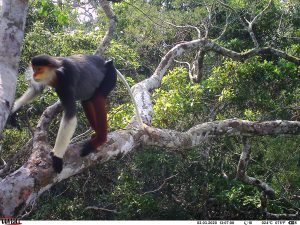
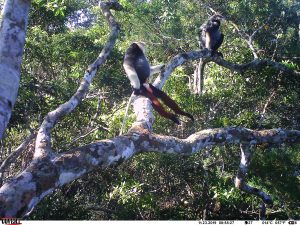
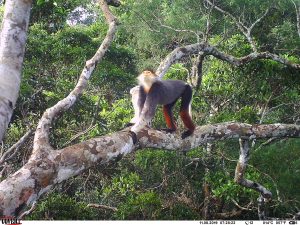
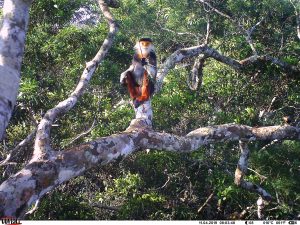
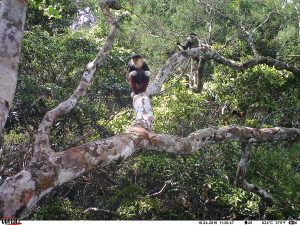
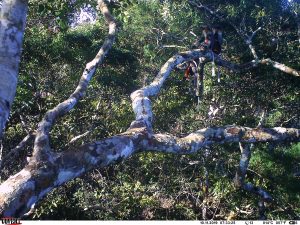
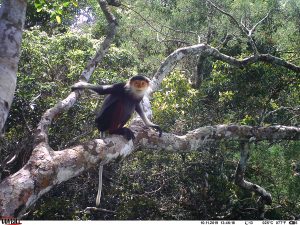
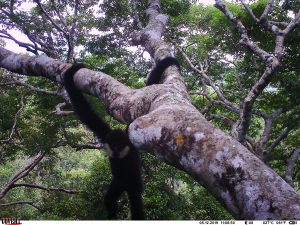
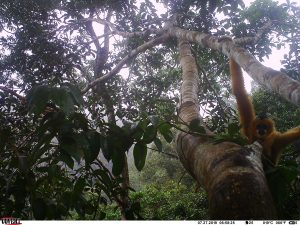
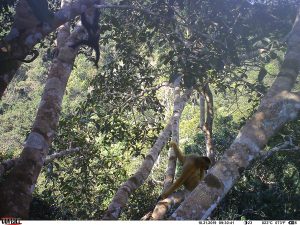
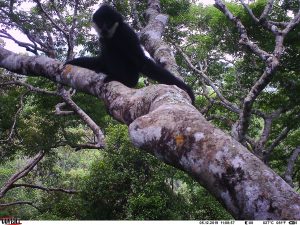
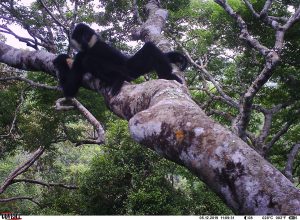
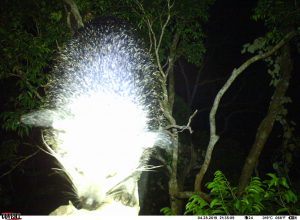
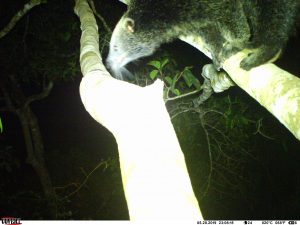
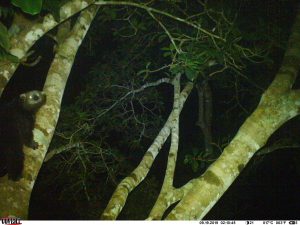
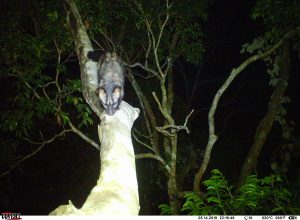
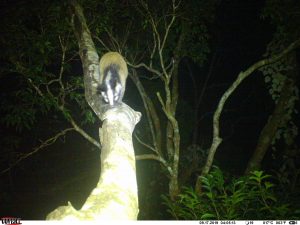
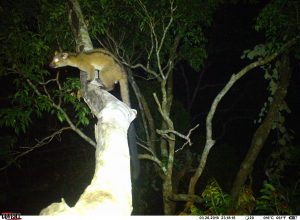
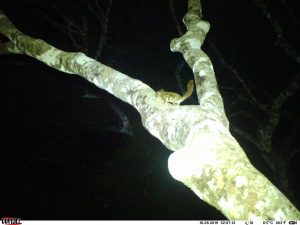
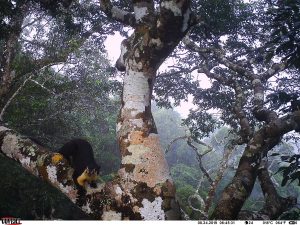
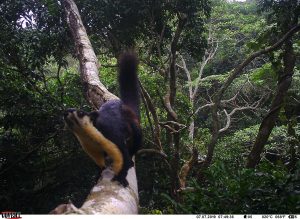
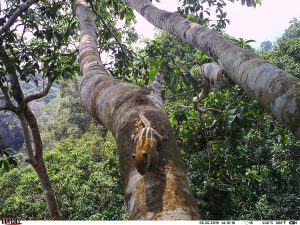
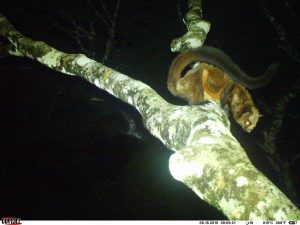
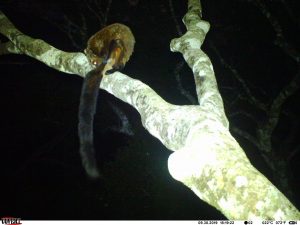
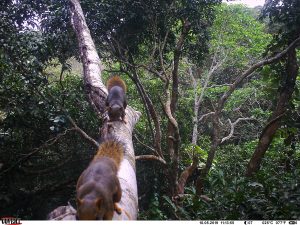
1 Comment
[…] field work as part of our consultancy collaboration with WWF-Laos and monitoring of our canopy camera-traps; and we resumed the financial support of 6 anti-poaching patrol teams (36 villagers from the local […]